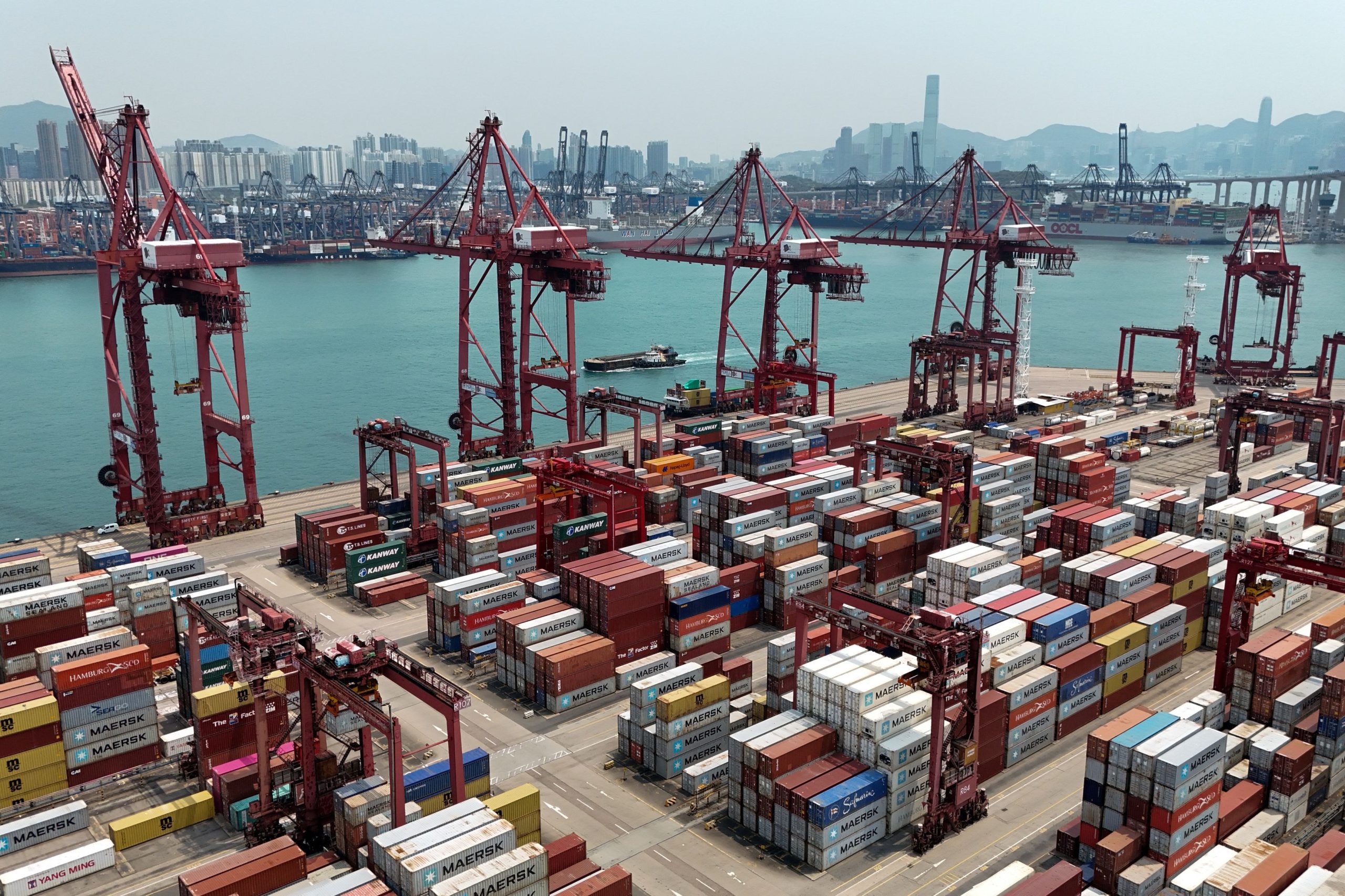A sweeping 10% tariff on imports into the United States officially took effect at 12:01 a.m. ET on Saturday, marking a major overhaul of global trade norms as President Donald Trump presses forward with his protectionist agenda. U.S. Customs and Border Protection agents began collecting duties on incoming goods at ports, airports, and customs warehouses nationwide.
The tariff applies broadly to imports from most countries, with steeper duties targeting key trading partners such as the European Union, China, and Vietnam set to kick in on Wednesday. These additional “reciprocal” tariffs will range from 11% to 50%, with Chinese goods hit the hardest at 34% — bringing the total effective rate on Chinese imports to 54%.
“This is the single biggest trade action of our lifetime,” said Kelly Ann Shaw, a trade lawyer at Hogan Lovells and former White House trade adviser under Trump. Speaking at the Brookings Institution on Thursday, Shaw described the tariffs as a “seismic” change in global commerce. “This is a pretty significant shift in the way that we trade with every country on earth.”
Global Market Reaction
Markets were rattled by the sudden imposition of tariffs. The S&P 500 lost a record $5 trillion in value over the past two days, with investor confidence shaken by the scale and uncertainty of Trump’s trade move. Oil and commodity prices plunged, while investors moved funds into U.S. Treasury bonds, reflecting a flight to safety.
Who’s Affected First
The first wave of 10% duties applies to imports from countries including Australia, Britain, Colombia, Argentina, Egypt, and Saudi Arabia. A Customs and Border Protection bulletin made clear that there would be no blanket grace period. However, a 51-day exception was granted for shipments already in transit before Saturday’s deadline — provided they arrive by May 27.
Starting Wednesday, major trading partners will face sharply higher tariffs:
- European Union: 20%
- China: 34%
- Vietnam: 46%
Vietnam, which had benefited from U.S. supply chain shifts away from China during Trump’s earlier trade war, has agreed to enter talks with the Trump administration.
Exemptions and National Security Tariffs
Canada and Mexico are exempt from these new tariffs, though they remain subject to an earlier 25% tariff tied to U.S. concerns over fentanyl and North American supply chain compliance.
Several goods have been excluded from the new tariffs entirely, including over 1,000 product categories valued at $645 billion in 2024 imports. These include:
- Crude oil and petroleum products
- Pharmaceuticals
- Uranium and titanium
- Lumber
- Semiconductors and copper
Many of these industries are still under review for potential national security tariffs in the future.
Goods already covered by Trump’s prior national security tariffs — such as steel, aluminum, automobiles, and auto parts — are also excluded from the latest round.



